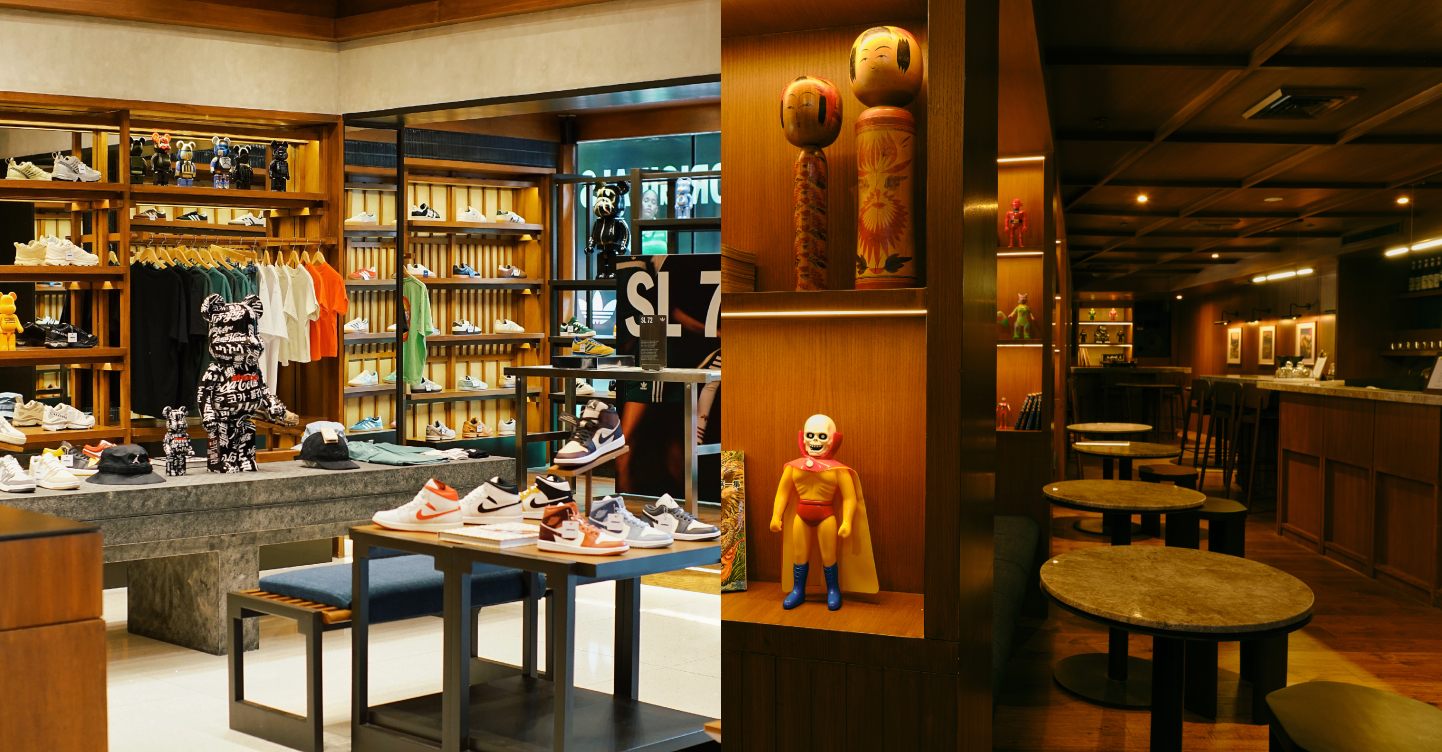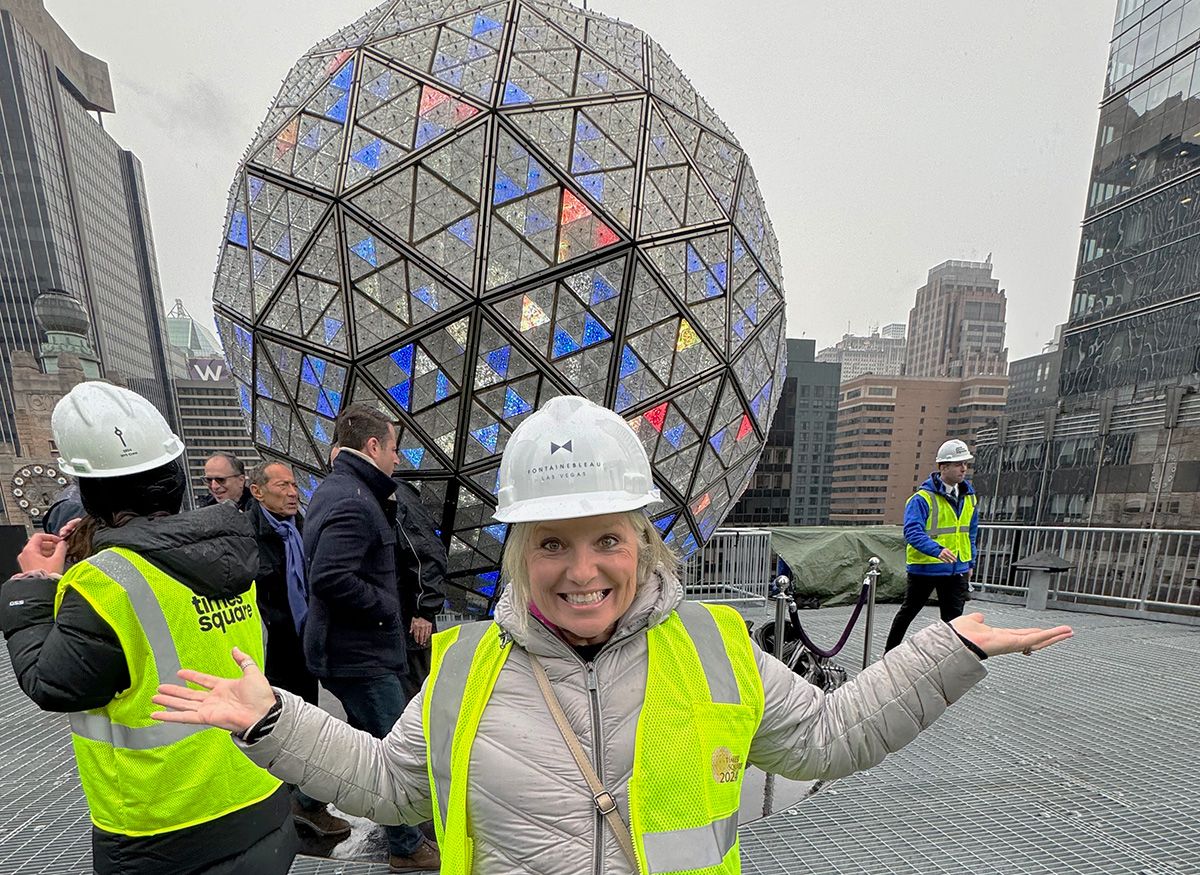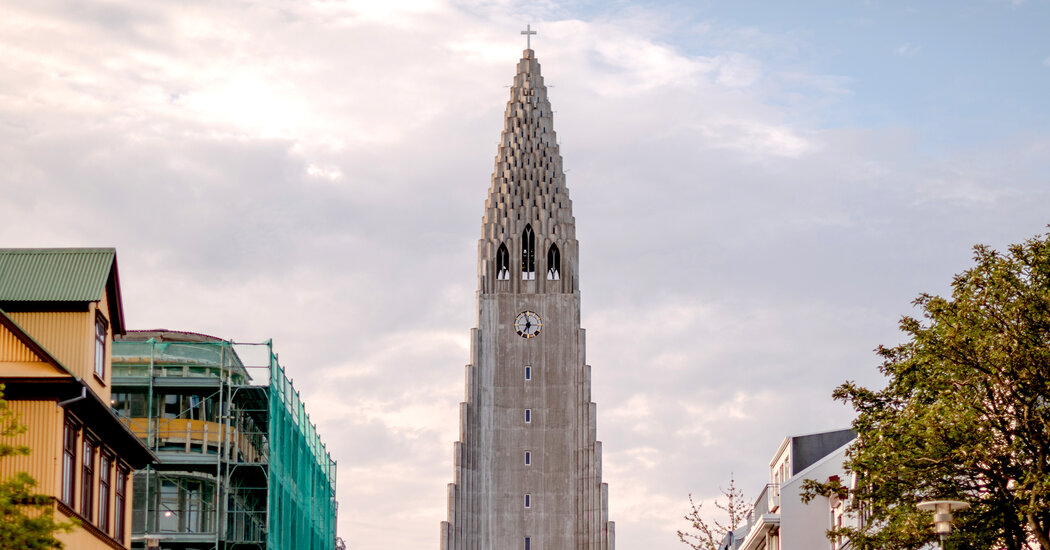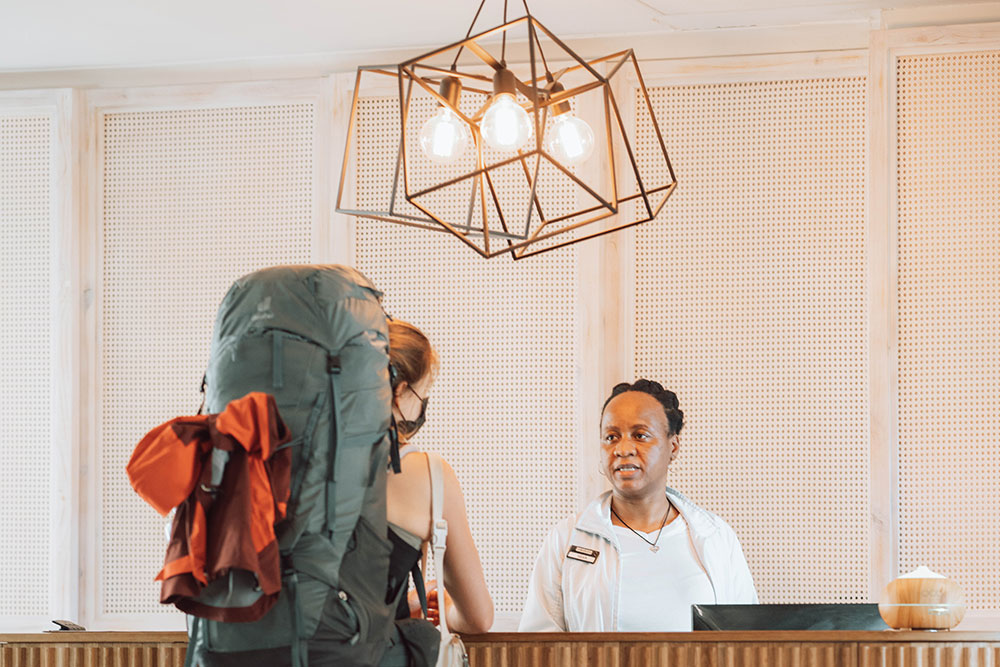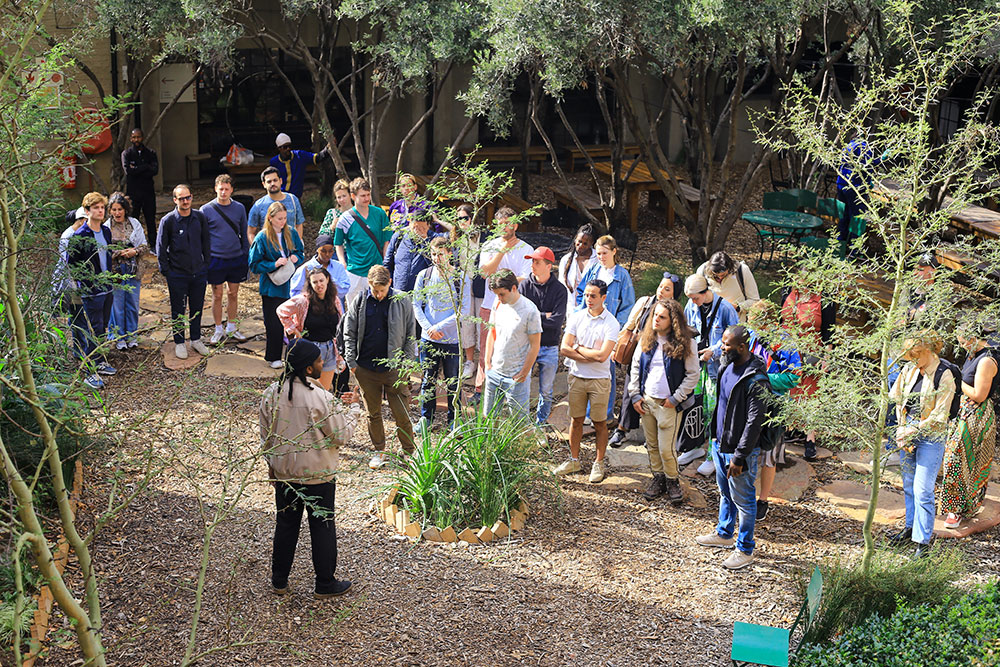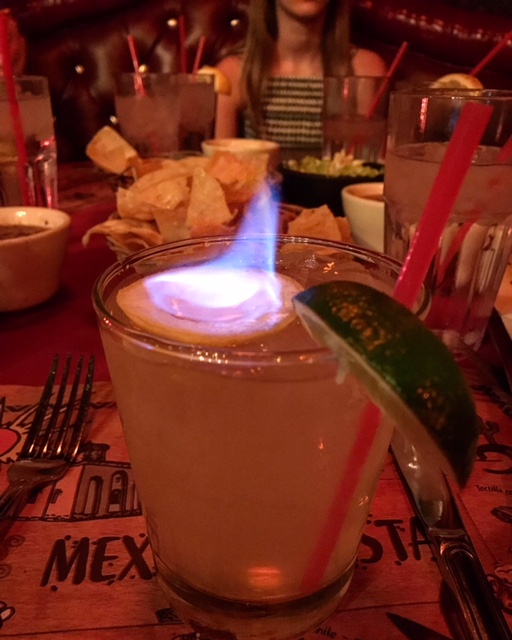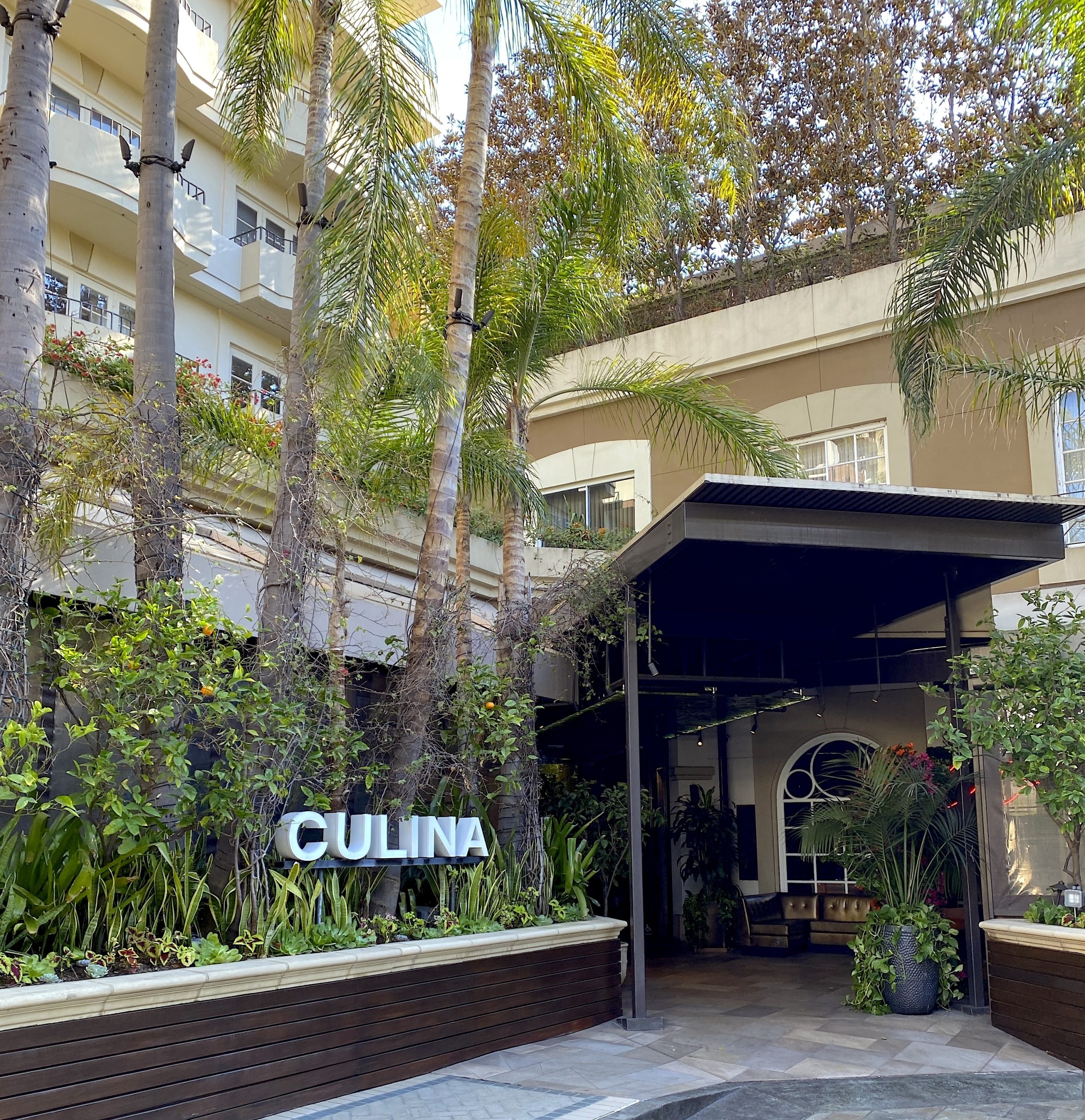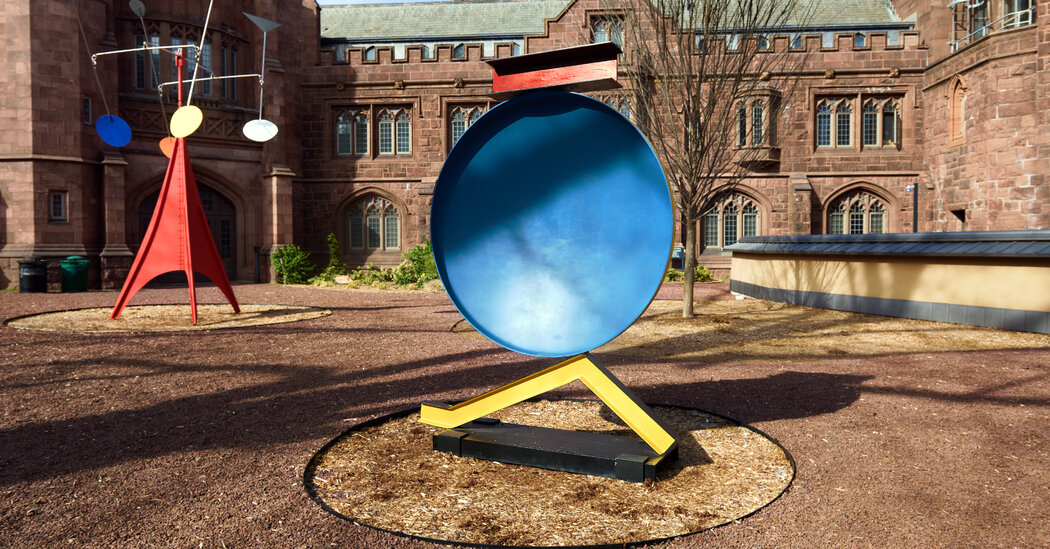
The 75-foot-long brontosaurus at the newly reopened Yale Peabody Museum in New Haven, Conn., is the same dinosaur that the natural history museum has had on display since 1931. Yet it looks different. A fresh pose. New front ribs. The head is repositioned at a more inquisitive angle. The museum’s four-year renovation not only refreshed the nearly 100-year-old building, but also included an overhaul of the fossil mounts that research has proved to be inaccurate.
The Peabody’s update — 15,000 square feet were added, creating more spacious galleries and dynamic displays — was a long time coming. Like other Yale museums, it is now free, offers more Spanish-language programming, and is inviting more voices into the conversation, with some exhibits being interpreted by students and artists, opening the lens on how visitors might respond to what they’re seeing.
“We want to give the signal that there’s not just one way to react to and interpret what you’re seeing,” said the museum’s director, David Skelly.
The concept of change that threads through the Peabody’s 19 galleries is symbolic of what’s happening elsewhere in the city. Over the centuries, New Haven has had chapters devoted to maritime trade, railroads, industrial manufacturing and — as home to Yale University and other institutions of higher learning — education and health care.
Now, New Haven — which was among The Times’s 52 Places to Go in 2023 — is going through a chapter driven by creativity and ingenuity. Though Yale continues to imbue New Haven with a certain gravitas, the surrounding city is showing off its own cultural capital in the realms of art, food, music and more.
Open studios, open mics
Yale’s museums have long stolen the spotlight, but there are new institutions crackling with energy. In the largely Black and brown Dixwell neighborhood northwest of campus, Titus Kaphar, a resident and 2006 graduate of the Yale School of Art, and Jason Price, a private equity manager, founded NXTHVN. Established to mentor underrepresented artists and curators, the organization focuses on community-building and a fellowship program.
Two low-slung brick buildings, formerly manufacturing plants, house artist studios, co-working spaces and an area for exhibitions, such as the current “To Echo a Shadow,” curated by two NXTHVN fellows. Other events bring in local talent, like a recent open mic with New Haven’s own poet laureate, Sharmont “Influence” Little.
The community vibe is also buzzing across town. Erector Square — a group of eight buildings that was once a factory that produced Erector sets and other toys — is filled with 175 studios for artists, designers, musicians and other creatives who put on an ambitious open-studio weekend in the fall and smaller events throughout the year.
Talks, tours, workshops and gatherings are also part of the Ely Center of Contemporary Art’s mix. The public gallery hosts six solo and group annual exhibitions, with much of the talent found through open calls to artists to share their work, like last winter’s “Revival: A Spiritual Journey” from the Guyanese-born artist Stanwyck Cromwell.
Showcasing New Haven as an arts hub is the aim of the International Festival of Arts & Ideas. The annual celebration pulls together artists, along with musicians, chefs, storytellers and other creators and thinkers, every June. While headliners like Jon Secada, Dolores Huerta and, this year, Stokley Williams take over the green in the center of town, local acts perform across six neighborhoods, representing the city’s diverse cultural heritage.
New Haven is “a city of creative entrepreneurs, said Shelly Quiala, the festival’s executive director. “People like to make things here.”
Back on campus, at the Yale University Art Gallery, recent acquisitions highlight more modern themes than much of the gallery’s impressive collections, which include ancient Southeast Asian gold and textiles, Greek and Roman mosaics and sculptures, and mid-19th-century European paintings. Collages, such as “Nourishing a Nation,” by Mr. Kaphar, and David Wojnarowicz’s “Untitled (One Day This Kid)” confront racism and homophobia in beautiful, though haunting, style.
The art gallery is also currently displaying 25 paintings from its neighbor across the street. The Yale Center for British Art, housed within a Louis I. Kahn landmark, is closed until next spring while it restores parts of the building, including 224 domed plexiglass skylights.
Big names and cozy venues
Connecticut’s theater contributions are largely unknown — unless you know. The Yale Repertory Theater, known as the Rep, counts Meryl Streep, Lupita Nyong’o, Da’Vine Joy Randolph and Paul Giamatti among its alumni. Over the years, the 58-year-old theater, housed in a 19th-century Baptist church, has produced over 100 premieres by playwrights like August Wilson and Caryl Churchill.
Long Wharf Theater has its own legacy of plays and world premieres, with more than 30 productions making their way to New York. Two years ago, it relinquished its longtime home in the New Haven Food Terminal and is now itinerant, staging productions in spaces that enhance their themes. Last year, the one-woman production of Joan Didion’s “The Year of Magical Thinking” was performed in various homes and spaces, and last winter, Arthur Miller’s “A View From the Bridge” debuted at the Canal Dock Boathouse on the city’s harbor.
Before either of these venues existed, the Shubert Theater was the spot for Broadway-bound shows. It shuttered between 1976 and 1983, an era when the city struggled with a dwindling population and rising crime, but it now features a full rotation of live performances, including the New Haven Ballet.
On the musical front, New Haven has always been a good place to catch a show. U2, the Rolling Stones, Ziggy Marley and other famous bands have taken the stage at Toad’s Place, lending legitimacy to the 47-year-old club’s tagline, “Where the legends play!”
College Street Music Hall occupies the 2,000-person downtown venue; Westville Music Bowl, on Yale’s athletics campus, opens up an outdoor option in warmer months; and smaller acts — including jazz, funk and rockabilly — fill spots like Cafe Nine and Jazzy’s, both in the stately Ninth Square neighborhood.
So. Much. Food.
As delicious and worthy as New Haven’s celebrated pizza is (a thin, coal-fired style known as “apizza”), there’s much more to the dining scene.
The city’s waterside location means seafood gets served with a view. Shell & Bones, in City Point, where the oystering industry once flourished, is a go-to spot. The oversize dining room with superb harbor and sunset views is the perfect perch for sipping martinis over a platter of Rhode Island Ninigret oysters or swordfish served Milanese-style.
Less showy but no less delicious is the award-winning chef Emily Mingrone’s Fair Haven Oyster House Co. A 28-seat sliver of joy on the Quinnipiac River, it makes good use of its waterfront deck for extra seating and also rolls in a food truck from May to October to serve lobster rolls and foot-long hot dogs from nearby Hummel Bros. Showing the same finesse she does at her East Rock restaurant, Tavern on State, every dish, from the baby butter lettuces with fried oysters to the jerk shrimp with stewed flageolet beans, is elegant but unpretentious.
There are also exceptional cafes. Pistachio, which has two locations founded by the Syrian artist Mohamad Hafez (who has a sculpture in the Peabody), infuses Middle Eastern flavors in its teas, pastries and brunch items, as does Havenly, run by immigrant and refugee women. Atticus, within a bustling Chapel Street bookstore, and Poppys, in East Rock, serve up high-quality soups, sandwiches and salads. G Cafe churns out excellent European breads and pastries.
Outdoor adventures
It’s easy to overlook New Haven’s outdoor outlets — but a shame if you do. East Rock has a 425-acre namesake park with 10 miles of trails and a 350-foot summit for epic views of the city and Long Island Sound. Across town, West Rock Ridge State Park extends from the family-friendly neighborhood of Westville northward for six miles. It’s defined by its massive trap rock ridge and is one of the most ecologically diverse areas in Connecticut, with 230 species of birds and uncommon plants such as jack-in-the-pulpit and American bladdernut.
The Canal Dock Boathouse debuted on Long Wharf six years ago. Built in homage to Yale’s original 1911 boathouse, it’s an elegant structure with an earnest mission: to connect residents, especially youth, to the harbor. Opportunities to row and kayak and do yoga on the outdoor platform are available to both members and nonmembers, making the boathouse perhaps the best example of what New Haven is doing right: bridging the old and new, indoors and outdoors, in a vision that benefits everyone.
Follow New York Times Travel on Instagram and sign up for our weekly Travel Dispatch newsletter to get expert tips on traveling smarter and inspiration for your next vacation. Dreaming up a future getaway or just armchair traveling? Check out our 52 Places to Go in 2024.
Publisher: Source link
Latest Posts
-
31 July 2025
-
26 July 2025
-
14 July 2025
-
01 July 2025
-
07 August 2025
-
29 July 2025
-
20 February 2025
-
04 February 2025
Newsletter
Sign up for free and be the first to get notified about new posts.
Get The Best Blog Stories into Your icountox!
Sign up for free and be the first to get notified about new posts.

